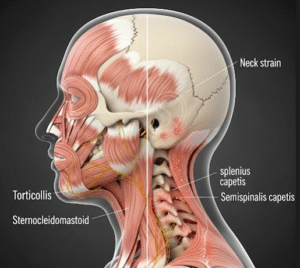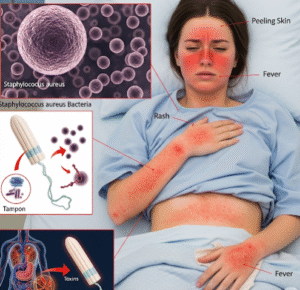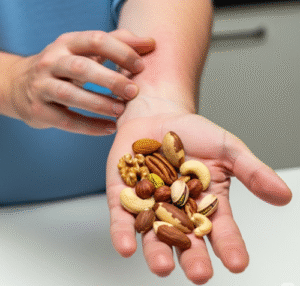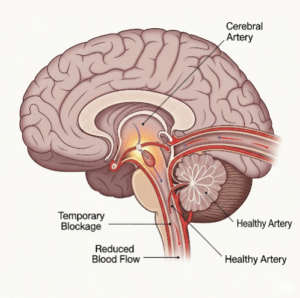Overview
Tennis Elbow, medically known as Lateral Epicondylitis, is a condition characterized by pain and inflammation on the outer part of the elbow. It occurs when the tendons that attach the forearm muscles to the lateral epicondyle—a bony prominence on the elbow—become overloaded or damaged. Despite its name, Tennis Elbow is not exclusive to tennis players; it can affect anyone who performs repetitive wrist and arm movements. In Korea, advanced diagnostic tools, minimally invasive treatments, and comprehensive rehabilitation programs are available, providing effective relief and restoring function for patients suffering from this common musculoskeletal disorder.
What is Tennis Elbow (Lateral Epicondylitis)?
Tennis Elbow is a form of tendon overuse injury that primarily affects the extensor tendons of the forearm. These tendons are responsible for straightening and stabilizing the wrist. Overuse, improper technique, or repetitive strain can lead to microscopic tears in the tendon, causing pain, inflammation, and reduced grip strength. While it commonly occurs in athletes, it is equally prevalent in professionals who perform repetitive movements, such as painters, carpenters, or computer users. The condition can range from mild discomfort to significant functional impairment.
Symptoms
The symptoms of Tennis Elbow usually develop gradually and may include:
- Pain or burning sensation on the outer elbow, often radiating down the forearm
- Weak grip strength, making it difficult to hold objects or shake hands
- Pain worsened by lifting, gripping, or twisting motions, such as turning a doorknob or holding a racquet
- Tenderness around the lateral epicondyle
- Stiffness in the elbow, especially in the morning or after periods of rest
Symptoms may persist for weeks or months if left untreated. In severe cases, pain can interfere with daily activities, including writing, cooking, or lifting objects.
Causes
Tennis Elbow is caused by repetitive stress on the forearm muscles and tendons. Common contributing factors include:
- Repetitive movements: Activities that involve repeated wrist extension or gripping, such as sports, manual labor, or typing.
- Improper technique: Poor technique in sports like tennis or badminton can increase strain on the tendons.
- Overuse injuries: Sudden increase in activity intensity or duration can overload the tendon.
- Age-related degeneration: Tendons naturally weaken with age, making them more susceptible to injury.
- Occupational strain: Jobs that involve frequent use of the forearm and wrist can contribute to tendon microtears.
Risk Factors
Several factors can increase the risk of developing Tennis Elbow:
- Age: Most commonly occurs in adults between 30 and 50 years old.
- Occupation: Jobs involving repetitive wrist and arm movements, such as carpentry, plumbing, or painting.
- Sports participation: Tennis, racquet sports, golf, and activities with repetitive arm motions.
- Dominant arm use: The condition often develops in the dominant arm due to higher workload.
- Previous injury: Prior elbow or forearm injuries increase susceptibility.
Complications
Without proper management, Tennis Elbow can lead to several complications:
- Chronic pain affecting daily activities and quality of life
- Persistent weakness in the affected arm, limiting functional ability
- Difficulty performing occupational or athletic tasks
- Compensatory movements leading to shoulder, neck, or wrist strain
- Tendon degeneration or chronic tendinopathy if left untreated for prolonged periods
Prevention
While not all cases are preventable, the following strategies can reduce the risk of Tennis Elbow:
- Use proper techniques when playing sports or performing repetitive tasks
- Strengthen forearm muscles through targeted exercises
- Take regular breaks to reduce repetitive strain
- Use ergonomic tools and supportive equipment during work or sports
- Gradually increase intensity or duration of physical activities
- Apply cold therapy after intense activity to reduce inflammation
Treatment Options in Korea
Korea offers a variety of treatment options for Tennis Elbow, combining conservative, minimally invasive, and surgical approaches:
1. Conservative Treatments
- Rest and activity modification: Avoiding movements that exacerbate pain and allowing tendons to heal naturally.
- Medications: NSAIDs and analgesics to reduce pain and inflammation.
- Physical therapy: Stretching and strengthening exercises to restore tendon function and prevent recurrence.
- Braces or straps: Forearm straps help reduce stress on the tendons during daily activities.
2. Minimally Invasive Procedures
- Extracorporeal Shockwave Therapy (ESWT): High-energy shockwaves stimulate tendon healing and reduce pain.
- Platelet-Rich Plasma (PRP) injections: PRP injections accelerate tendon repair by delivering concentrated growth factors to the injury site.
- Corticosteroid injections: Used in selected cases to control severe inflammation and pain.
3. Surgical Treatments
- Tendon release or repair: Reserved for severe or chronic cases unresponsive to conservative therapy.
- Arthroscopic or open surgery: Minimally invasive techniques are used to remove damaged tissue and promote tendon healing.
4. Post-treatment Care
- Rehabilitation exercises and physical therapy help restore strength and flexibility.
- Ergonomic education and activity modification prevent recurrence.
- Follow-up evaluations ensure proper recovery and monitor tendon healing.
Cost and Hospital Care
In Korea, Tennis Elbow treatment costs vary depending on intervention type. Conservative management is typically more affordable, while PRP therapy, ESWT, or surgery can be higher. Korean orthopedic clinics and sports medicine centers provide comprehensive care, including advanced imaging, individualized treatment plans, and multidisciplinary rehabilitation programs. Patients benefit from experienced specialists and modern technology, ensuring rapid recovery and minimal recurrence.













